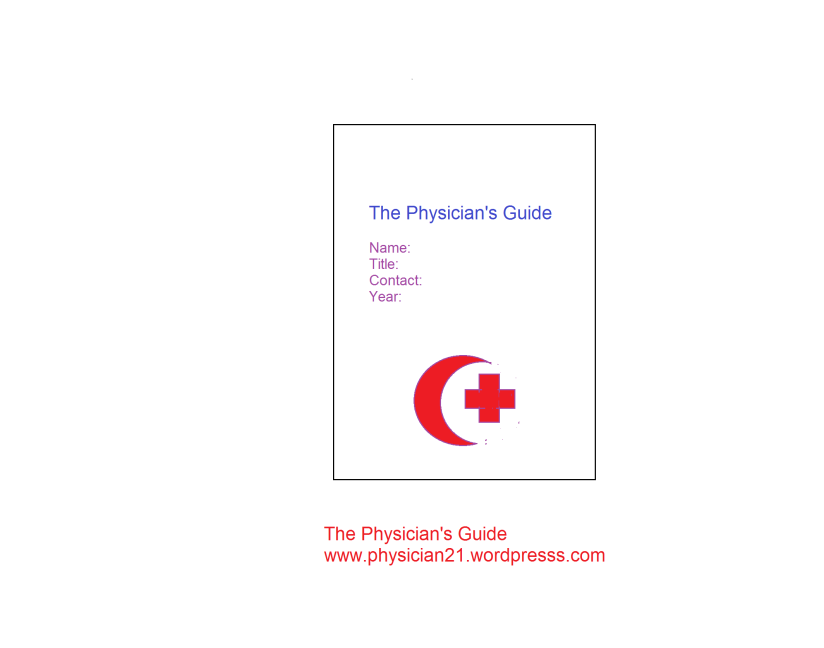The physician’s guide is an indispensible tool to summarize basic medical and clinical knowledge and experiences. It should be concise, easily demonstrable, regularly updated and greatly physician-specified (self made).
Here is a personal view of such important medical tool.
The Hippocratic Oath
Section 1: normal values (pediatrics: growth milestones or curves, caloric and fluid requirements and calculations; CBC; hemoglobin electrophoresis; plasma electrophoresis; liver function; kidney function; urine; stools; semen; hormones; electrolytes; arterial boold gases; and ECG findings).
Section 2: preparation-oriented drug index (topical formulas: skin, eye, ear, and nose; tonics and food supplements; antimicrobials: antiseptic, antibiotic, antifungal, antiprotozoal, and antihelimenthics; analgesics and antipyretics; antihistaminics; corticosteroids; skeletal muscle relaxants; antispasmodics; antihypertensives and cardiac agents; hemostatics, hypoglycemics; neuropsychiatric agents (sedatives and hypnotics, anticonvulsants, brain stimulants, antidepressants, antiparkinsonians); and beauty preparations (shampoos, cosmetics, soaps, etc.).
Sections 3: natural foods and herbs – sorted alphabetically – and their uses (basilica, chamomile, garlic, green tea, onion, thyme, etc.).
Section 4: medicines’ doses and instructions tables (neonate, child, and adult).
Section 5: crude models of medical prescriptions (orthopedic, eye, ear, nasopharyngeal, dermal, gynecologic, oral, cardiac, digestive, liver, renal, respiratory, and neuropsychiatry).
Section 6: medical algorithms (pediatrics: infant of diabetic mother, muconial aspiration, low birth weight, prematurity, neonatal jaundice, respiratory distress, etc.; adults: HTN, DM, bronchial asthma, cardiac asthma, DVT, diabetic ketoacidosis, hypoglycemia, stroke, etc.).

